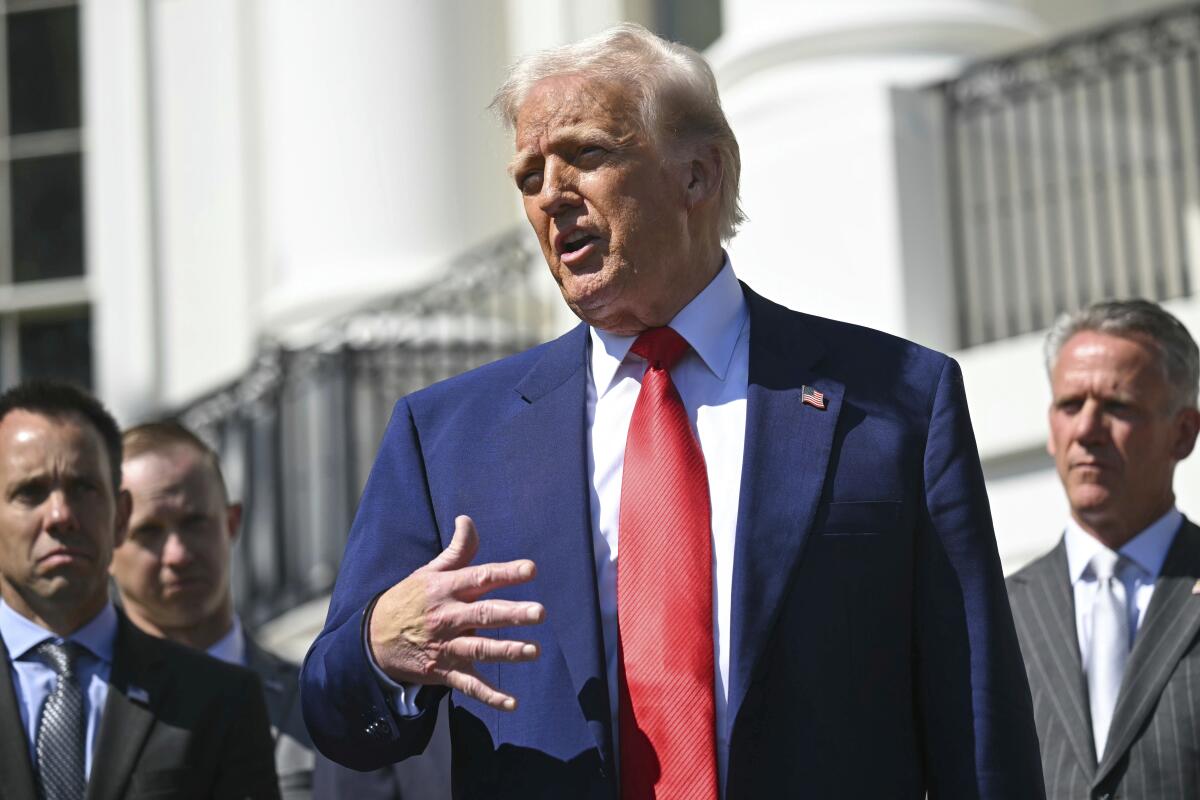Executive Summary
- Cisco developed an entanglement chip with UC Santa Barbara capable of generating one million entangled photon pairs per second at room temperature.
- The new chip could potentially cut the timeline for practical quantum computing by 5-10 years.
- Cisco is opening Cisco Quantum Labs in Santa Monica, California, to focus on quantum networking and security.
Event Overview
Cisco has announced a significant breakthrough in quantum computing infrastructure. The company has developed a prototype entanglement source chip in collaboration with UC Santa Barbara that generates up to one million entangled photon pairs per second while operating at room temperature. This advancement is expected to accelerate the practical application of quantum computing by potentially cutting the development timeline by five to ten years. Cisco also revealed the launch of Cisco Quantum Labs, a dedicated research hub in Santa Monica, California, emphasizing the company's commitment to quantum networking and security.
Media Coverage Comparison
| Source | Key Angle / Focus | Unique Details Mentioned | Tone |
|---|---|---|---|
| Fast Company | Cisco's entanglement chip and its potential to accelerate quantum computing. | The chip generates up to one million entangled photon pairs per second at room temperature. Cisco Quantum Labs is opening in Santa Monica. The chip took 3-4 years to develop. | Informative and optimistic about the potential of Cisco's breakthrough. |
Key Details & Data Points
- What: Cisco developed a prototype entanglement source chip with UC Santa Barbara that generates up to one million entangled photon pairs per second at room temperature and is opening Cisco Quantum Labs.
- Who: Cisco, UC Santa Barbara, Viljoy Pandey (senior vice president at Outshift by Cisco), Reza Nejabati (head of Quantum Research and Quantum Labs at Outshift by Cisco).
- When: Announcement made on Tuesday; chip development took 3-4 years; commercial fabrication is the next step.
- Where: Chip developed at Cisco's “Outshift” incubator; Cisco Quantum Labs in Santa Monica, California.
Key Statistics:
- Key statistic 1: 1 million: (entangled photon pairs generated per second by the chip)
- Key statistic 2: 5-10 years: (potential reduction in the quantum computing timeline due to Cisco's breakthrough)
- Key statistic 3: 3-4 years: (time taken to build the chip)
Analysis & Context
Cisco's approach focuses on the infrastructure required to make quantum computing practical, specifically networking and security. This contrasts with companies that are solely focused on building quantum computers. The entanglement chip's ability to function at room temperature is a significant advantage, reducing resource requirements. Cisco's establishment of Quantum Labs indicates a long-term commitment to advancing quantum technology. Viljoy Pandey's comparison to a 'ChatGPT moment for quantum' suggests that Cisco anticipates rapid future developments in the field.
Notable Quotes
We’re a networking company. We’re looking at quantum networking and quantum security.
There’s going to be a ChatGPT moment for quantum.
We’re working toward more commercial fabrication. There’s a whole bunch of hardware and software technology that we’re bringing up. The quantum proof of concept is happening.
Conclusion
Cisco's unveiling of its entanglement chip and Quantum Labs marks a pivotal step towards scalable, distributed quantum computing, potentially accelerating the realization of practical quantum applications. By focusing on creating a quantum network fabric, Cisco aims to overcome the limitations of individual quantum processors and enable a future where numerous smaller quantum computers can function in unison. This approach, characterized by a three-layer architecture comprising specialized quantum hardware, an entanglement management layer, and a computing layer, facilitates the distribution of quantum resources and the partitioning of algorithms across networked processors. The entanglement chip, developed in collaboration with UC Santa Barbara, stands out due to its ability to generate high-fidelity entangled photon pairs at telecom wavelengths, its operation at room temperature, low power consumption (less than 1mW), and compatibility with existing fiber infrastructure. Generating over 200 million entangled photon pairs per second, the chip facilitates quantum teleportation, which is fundamental for secure communication and distributed quantum processing. Cisco's developments also include a full-stack quantum networking architecture with components such as distributed compilers, entanglement protocols, and post-quantum cryptography integration. While challenges remain in scaling quantum networks, including preserving fragile quantum states, distributing entanglement resources, and synchronizing operations with sub-nanosecond precision, Cisco's advancements, along with its commitment to open compatibility and integration of post-quantum cryptography, positions the company as a key enabler of the quantum era. By building both hardware and software components, Cisco is paving the way for impactful quantum computing and networking applications, potentially reducing the timeline from decades to within the next 5-10 years.
Disclaimer: This article was generated by an AI system that synthesizes information from multiple news sources. While efforts are made to ensure accuracy and objectivity, reporting nuances, potential biases, or errors from original sources may be reflected. The information presented here is for informational purposes and should be verified with primary sources, especially for critical decisions.









